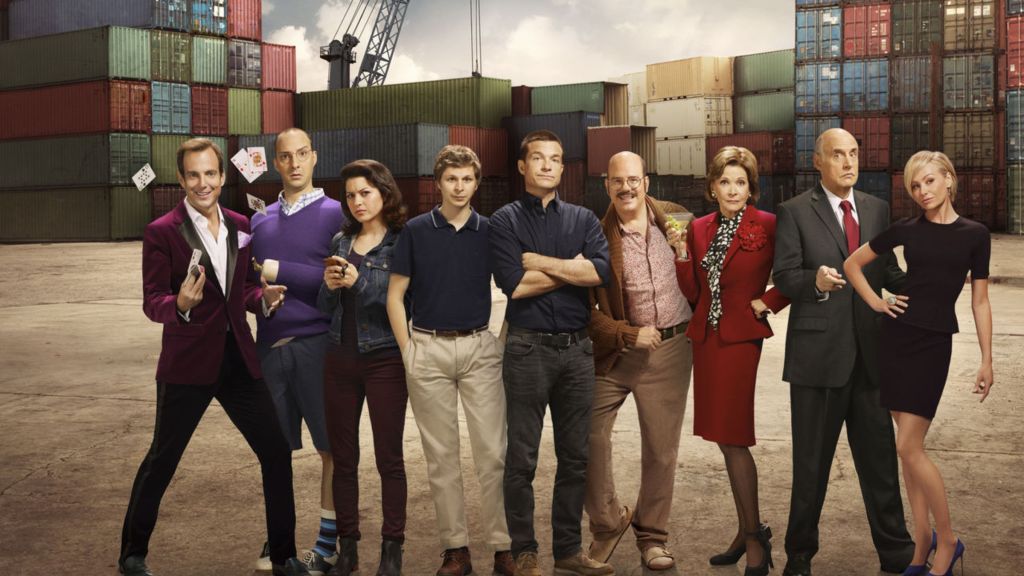Party Down was unceremoniously cancelled after two seasons. Freaks and Geeks was given the axe after just one. Because of parents’ reaction to Batman Returns (as well as its decreased box office compared to its predecessor), there was never a third Tim Burton Batman movie. All of these premature endings really stung. But when it comes to such a thing, none hurt more than the 2006 cancellation of Fox’s Arrested Development after three seasons. It was the price of low ratings. Perfection isn’t always embraced at first. Then, five years later, the ever-increasing popularity of Netflix seemed to give the show’s fans a chance to have the hole left by the cancellation filled.
And, when Season 4 debuted in May 2013, they were all left scratching their heads, thinking it would have been best had the show remained a thing of the past. Season 5 was a bit of a course correction, but still not nearly enough to have made the whole revival endeavor worthwhile.
What Went Wrong With the Arrested Development Revival?
 image courtesy of netflix
image courtesy of netflix
There were a few things that made Arrested Development such a television treasure. Mitchell Hurwitz’s dark absurdist humor is incredibly unique. The central premise of a son trying to keep together a vain, vapid family in the wake of his father’s incarceration is a wonderful hook. Ron Howard’s voice-over narration is note perfect. And each member of the aforementioned family could not have been better cast.
And, on the surface, Arrested Development Season 4 has all of these things. However, while every cast member did come back, they were rarely in the same room due to their schedules, which had become increasingly complex and loaded with comments throughout the years since the initial run’s forced conclusion.
In that the show’s major strength was highlighted. Every cast member delivered standout work, but they only really, truly thrived when paired with one another. Arrested Development operated at its peak when three or more cast members where in the same room, bouncing off one another’s eccentricities.
Without that perpetual bounce in dialogue and personality, Arrested Development Season 4 felt like an absolute slog. Worse yet, because each episode primarily focused on just one member of the family, it was a chronological mess. You would watch one episode where, to put it in simplified terms, events one, seven, eleven, and fourteen would happen only to then go to another episode where events three, six, ten, and twelve would happen. It made for a very disjointed and alienating viewing experience.
A recut version of the season, titled Season 4 Remix: Fateful Consequences, attempted to rectify the season’s chronology problem, but the fact remained that there was still the issue that all of the season’s narratives focused on a single character. It was never Michael Cera’s George Michael Bluth sharing a plotline with Alia Shawkat’s Maeby Fünke or Will Arnett’s Gob Bluth sharing a story with Jason Bateman’s Michael Bluth. The spirit simply wasn’t there.
As mentioned, Arrested Development Season 5 was what amounted to a return to form. But even with everyone’s schedules aligned and the chronology issue sorted out, it felt like a very middling season of the show. No lines or gags really stood apart from one another, even if the cast was giving it their all. We’ll always have seasons one through three (though, admittedly, much of Season 3 falls flat once Charlize Theron’s problematic character enters the picture), but it’s hard not to say the Netflix years did more harm to their memory than good.

